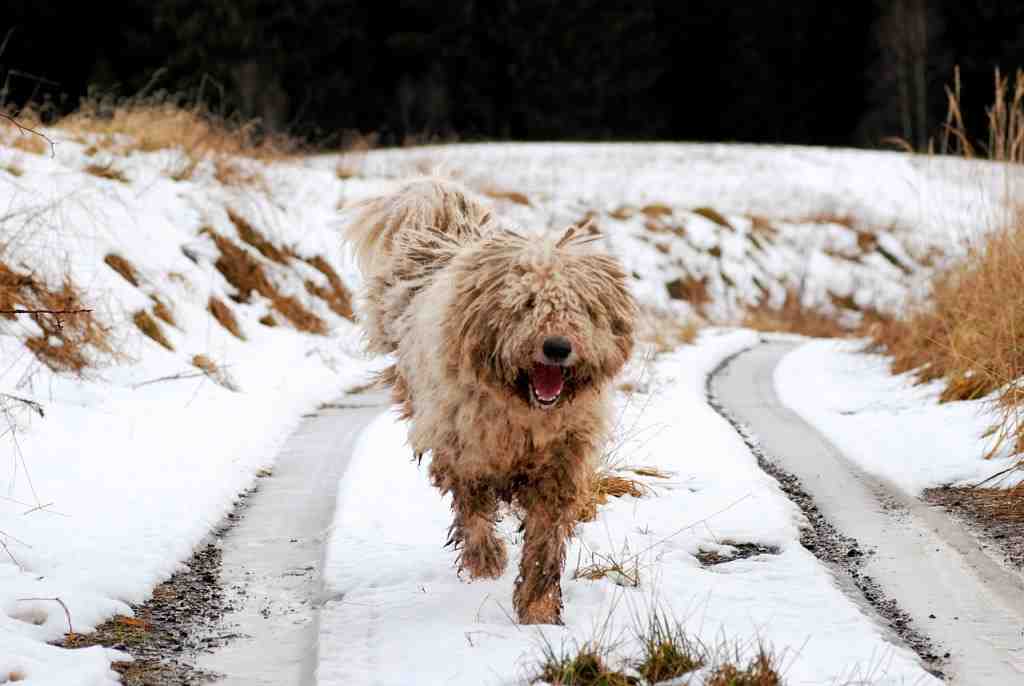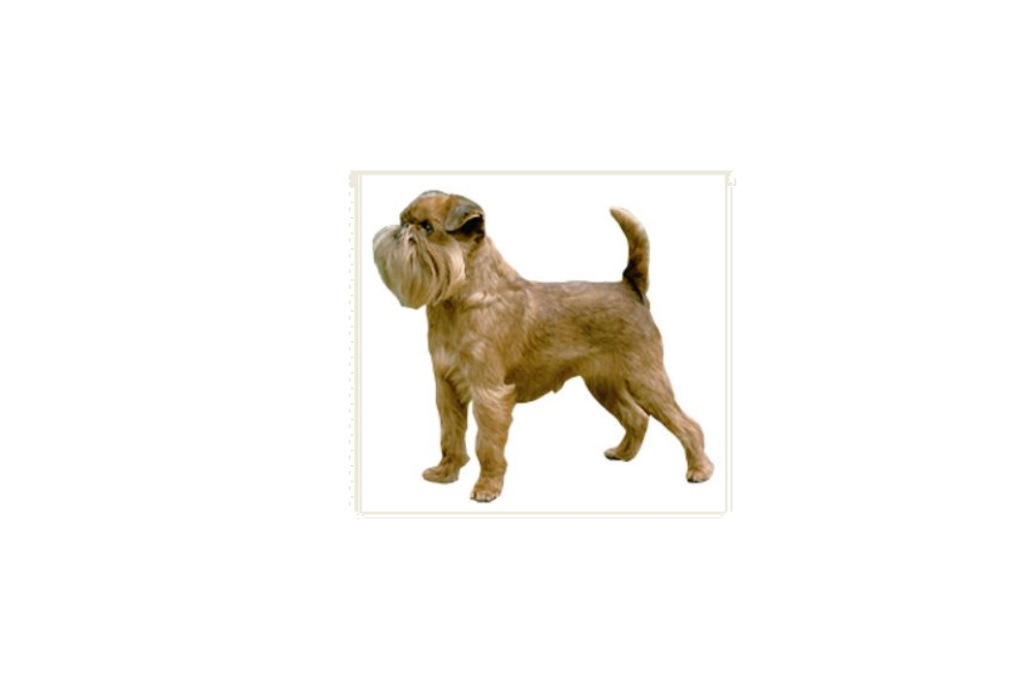The komondor dog breed is Hungarian, but it almost certainly came from Asia; it is not clear from which areas, but it is thought to have come from Tibet or the Asian steppes following the Huns, who used it as a herd guardian and also for fighting. According to the Hungarian scholar Paul Honsch, the komondor’s ancestors arrived in Hungary with the Cumani people in the first half of the 13th century, and he speculates that its ancestors are the mighty dogs that originated in Tibet.
Some documents from the 1500s mention this dog as the best helper of shepherds, where it is prized as one of the best shepherd dogs for protecting cattle and lambs from robbers, wolves and bears. In addition to its homeland of choice, it is also popular abroad, especially in the United States.
It is an extremely strong, robust and mighty dog. It is certainly not a dog suited to city life, although because of its unique and recognisable appearance, it could be found in the gardens of residential areas until a few years ago. Today, however, it is very rare. Its unique appearance is its main characteristic, and that is its coat; in fact, it is covered with a thick, long, ivory-coloured felted hair that runs down the entire body, intertwining in a cord-like pattern. For this peculiarity, it is also called a ‘rasta dog’.
Character of the Komondor dog breed
The most prized endowment of this breed is obedience, something that has always been appreciated since the shepherds who selected it centuries ago. It is said to stop immediately at the master’s order, whatever the situation. Even if he is under attack he obeys immediately. He must, however, be trained from puppyhood and his upbringing must be firm and consistent; he is still a dog trained for guarding and fighting, so he must understand as early as possible who his leader is. Having understood this, it is a dog that shows loyalty like few other dog breeds do.
As a temperament, it is mostly quiet but always alert and wary. That is why it is an excellent watchdog; of course it is wary, shy and reserved, but it is hardly aggressive and is very reliable. It is not a flat dog, it can adapt by having a very large garden where it spends most of its time.
As a character, it is yes, not very affectionate, but it is faithful, devoted and sweet with children. With its master it has a very close relationship, and having incomparable courage and boldness, it defends him even at the cost of its life, attacking silently and boldly. He can be somewhat aggressive with other dogs, especially of the same breed. It is not suitable for the elderly or sedentary as it needs constant exercise.
With its agility and excellent sense of smell, it can track down people buried under the rubble of collapsed buildings or under avalanches; it can make exceptional jumps and climb up and down a ladder with ease.
Appearance of the komondor dog breed
The komondor is a large, very powerful and structured dog. The height at withers for a male is around 70 centimetres and weighs 50 to 60 kilograms. Females do not exceed 65 centimetres for a weight of 40 to 50 kilograms.
Its body is robust, with powerful limbs and its bearing is noble and elegant, arousing awe and respect in the beholder. Its tail is pendulous with the tip pointing upwards.
The head is large and the skull has a developed but not abrupt stop. The truffle is black, the muzzle is not pointed and the jaws are muscular, strong and powerful. The eyes are dark brown and the ears are dangling in a U or V shape.
The main characteristic of the komondor is, as I said before, its very distinctive coat. The coat is felted and corded, very dense and thick. On the rump it is longer, where it can reach up to 30 centimetres. On the back, on the sides of the chest and on the shoulder blades it is slightly shorter. The official colour, the one accepted by the breed standard is white. However, completely black specimens with slate-grey pigmented skin can be found.
Care and health of the Komondor dog breed
Apart from being a robust animal, the komondor does not suffer from any serious hereditary diseases. On the other hand, due to its large size, it is possible for typical diseases to appear over time, such as hip dysplasia and stomach torsion. He can also suffer from cataracts, entropion, dermatological problems and skin tumours. Its average lifespan is around 10-12 years.
It bears little heat, so it is preferable not to expose it to the sun for too long, while its thick fur protects it from the cold.
As far as its diet is concerned, it is a dog with little appetite and is not prone to gaining weight as long as it gets as much exercise as it needs.
On the other hand, with regard to the care of his coat, this is rather demanding, as he is very long and it is necessary to take care, a couple or three times a week, to check it all over to avoid the danger of parasites that can nest in that thick coat.
Washing it at home, given its size, is not very suitable, so it would be good to take your komondor to the groomer at least once a month. It should not be brushed at all, as it must retain its typical rusticity. You do not have to worry when it rains as the coat is water-repellent.


